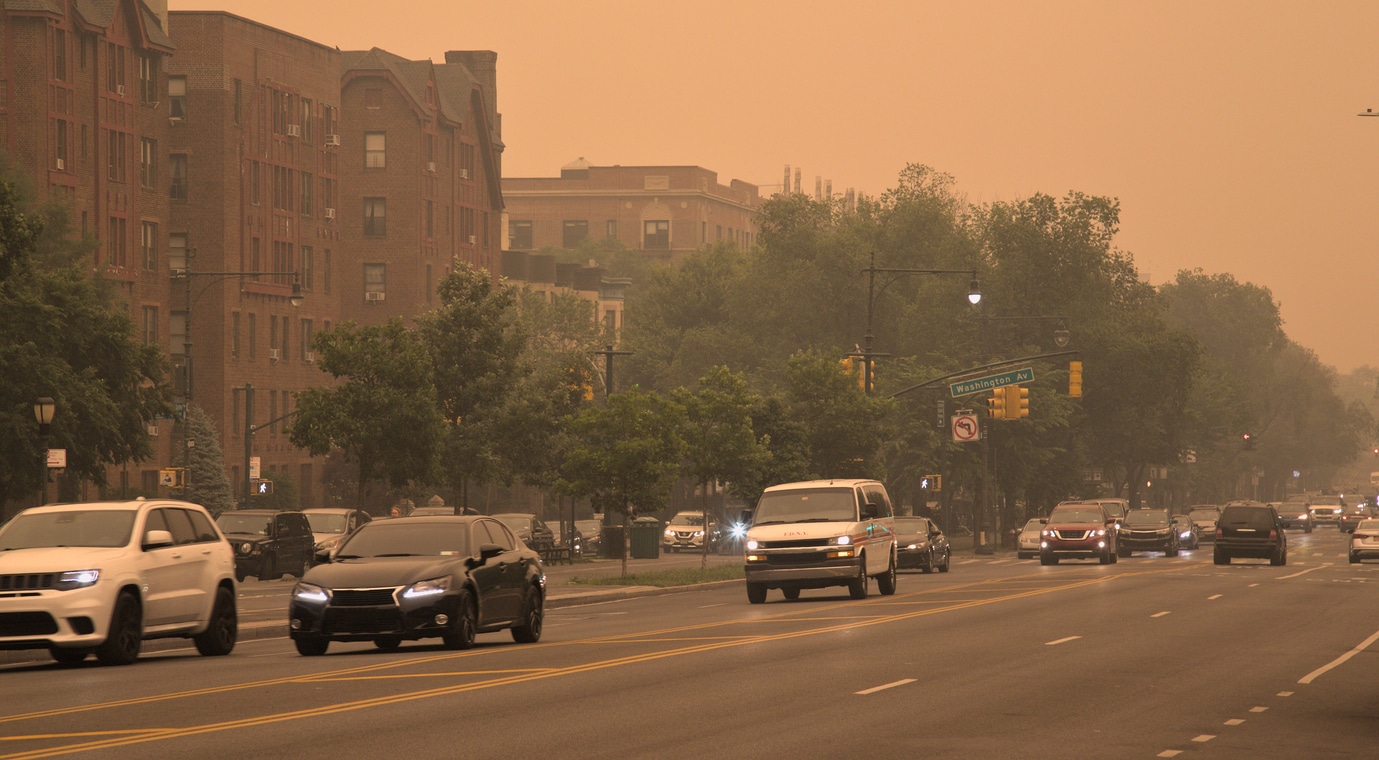
How to Protect Your Lungs From Poor Air Quality and Wildfire Smoke
Late spring into early summer begins the wildfire season and if you live in an affected area, you might be feeling the effects. It’s natural, even positive, to harbor concerns about poor air quality and how to protect your lungs from smoke. That nagging worry is your body’s prompting to take action.
What should you do? If you aren’t normally affected by such natural disasters, you might feel a little lost. Here’s your guide to protecting your lungs from poor air quality and wildfire smoke.
Understand Your Risk
Your first order of business is to understand two types of risk — those posed by your environment and those unique to you. Fortunately, nearly every weather app and report now includes an air quality index rating from 0 to 400, informing you of the degree of outside air contamination. It’s affected by things such as wildfires, but also industrial activity, heat, humidity and wind direction.
Furthermore, you should know if you have unique lung cancer risks. Some are unavoidable, such as a family history of the disease. However, the following risk factors are entirely preventable:
- Tobacco smoke and secondhand smoke: Avoid smoking or breathing in tobacco smoke to reduce your chances of lung cancer.
- Radon exposure: Order a test kit for your home. Many states have radon programs that offer discounts or free tests.
- Asbestos exposure: If you buy an older home, you should order an asbestos inspection. Do so before purchase to make it part of the negotiation process.
- Arsenic exposure: Arsenic in drinking water can affect your lung cancer risk. While it’s not an issue for municipal water supplies, you should get your water tested if you operate off a well.
Your doctor is the best source of information on evaluating your lung cancer risk. It’s now possible to screen for cancer earlier, thanks to advances in medical imaging. The U.S. Preventive Services Task Force recently updated their screening recommendations, so talk to your physician about your options.
Recognize the Signs of Trouble
Protecting your lungs from poor air quality requires a bit of mindfulness. If you aren’t already doing so, get in the habit of performing a quick body scan once or twice throughout the day to pickup on minor symptoms you might otherwise overlook. For example, a slightly scratchy throat can signify an infection or exposure to environmental toxins. Ask yourself:
- How long have I felt bad?
- Do my symptoms only occur in certain places? What aggravates them?
- Did the changes come on suddenly? Do they come and go or remain constant?
If you notice your symptoms only appear at work, for example, take heed. Your workplace could have HVAC issues that affect you and other employees. Consider reporting the issue to HR or leaving an anonymous tip, if in a less agreeable environment.
Unfortunately, disasters that span wide areas are harder to correct. Roughly 10.3 million Americans suffered from unhealthy air quality due to wildfires between 2008 and 2012 alone, and the numbers are now much higher as climate change fuels bigger blazes. For example, the 2023 wildfires in Canada span 19.5 million acres, the worst ever recorded in a single year.
Heed Air Quality Warnings
When air quality gets bad, it’s best to let filters remove most particulates, protecting your lungs. If the air quality index goes from yellow to orange to red, staying indoors and keeping your windows closed are two important ways to protect yourself. Other action you can take include:
- Running your car AC on recirculate: This cools your interior cabin air, recycling it through the vehicle instead of drawing in contaminated outside air.
- Upgrading your filters: Change your HVAC filter more often and choose a high-quality model to eliminate more particulates. You might also consider investing in a home air purifier or two with a HEPA filter to further reduce indoor allergens.
- Avoiding gas appliances: Gas appliances pose indoor air risks. While it’s understandable if you can’t immediately replace yours, you can avoid using them until overall quality improves.
Wear a Mask
If you’re like most folks, you still have a stash of masks leftover from the COVID-19 pandemic. Guess what? They aren’t only for stopping respiratory droplets.
Even a bandanna will filter some smoke and particulates, improving the quality of the air you breathe. However, folks with elevated lung cancer or other health risks might opt for an N59 or KN95 to reduce irritation further.
How to Protect Your Lungs From Poor Air Quality
The air you breathe can pose health risks during wildfire season and other periods of poor air quality. Knowing how to protect your lungs is essential, especially if you run an elevated risk of complications.
Mindfully apply the above tips to protect your lungs from poor air quality. You’ll breathe more comfortably and sleep better at night, knowing you are doing your part to reduce your risks.



Post a comment